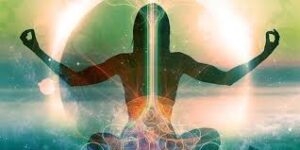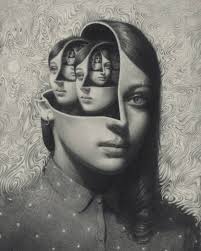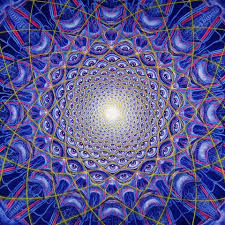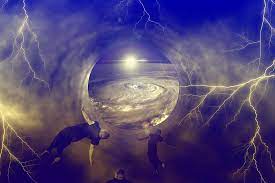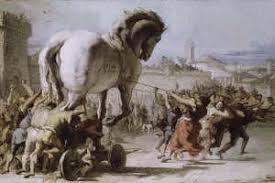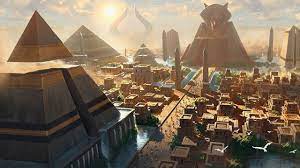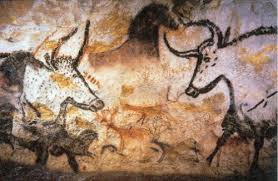PROOF: Proof is around us. Receiving information from a person who is unconscious. These types of communications will be commonplace in just a few years in our reality. This will be so, partly, because we will be educating the public on how to develop these communications. Again, the closer you look at your perceived reality – the Personal Reality Field that you co-create with All That Is according to your beliefs – the more validation you receive for what I have been saying to mankind/womankind for decades in these Blog writings.
Each moment of perceived reality serves as a graphic example of the manifestation of thought into Physicality, Which is related to the Soul, will be the etheric teacher to those of us who are to experience the transition into the Unity of Consciousness Dimension with our “eyes wide open.” We will have read my blogs or received messages from other Energy Personalities and we will have acted on the advice given us.
Many of us, without recognizing the fact, have already been given instruction on the use of our Inner Senses, what to expect in the Fourth Dimension, how to move beyond fear and anger and into love and confidence and other subjects of great importance. In dream state we are being “brought up to speed” by those of us who teach on the subtle levels. And so now we are reading this blog and perhaps having a singular sense of familiarity, Deja Vu, as though we have done this before, with accompanying feelings of pleasure, “elementary ecstasy”.
Our world is larger and more complex than we know – our world meaning our created reality. We have physical teachers and we have “metaphysical” teachers, all of us, and now it is time to introduce us to the metaphysical Guides who have been with us since birth into our dimension.
When we ask for our Energy Personality to come forth into our awareness, we may feel that sense of familiarity. For even though we have been pretending that ghosts do not exist even since our childhood ended – adults do not have imaginary friends, after all – on a deeper level we will recognize these connections. Now we may not be willing to admit these relationships to the world because of fear of being exposed.
However, and to illustrate my point, currently a cycle in human consciousness is coming to an end and a new cycle is beginning. We are gradually becoming aware of our connections to our Guides, our Simultaneous Lives, and other energy forms within our Gestalt of Awareness.
We need only to look at the headlines in our daily newspapers to notice how many changes are upon us in our Third-Dimensional Reality. With the ending of an era comes dramatic change amid much clinging, by some, to outmoded belief systems. Yet know this: the more we cling to the past, the more likely we will be regulated to the past when the transition is complete. The new world for humanity is being created in the dream state by all of us as we participate in the manifestation of our collective consciousness.
In our dream state, we freely collaborate with our Energy Personality and other Guides in the creation of incipient Reality Constructs that are manifested on awakening. This is how we create our reality with All That Is. Naturally, this phenomenon is much more complicated than I have Described, but that does not mean that we cannot grasp it experientially.





















